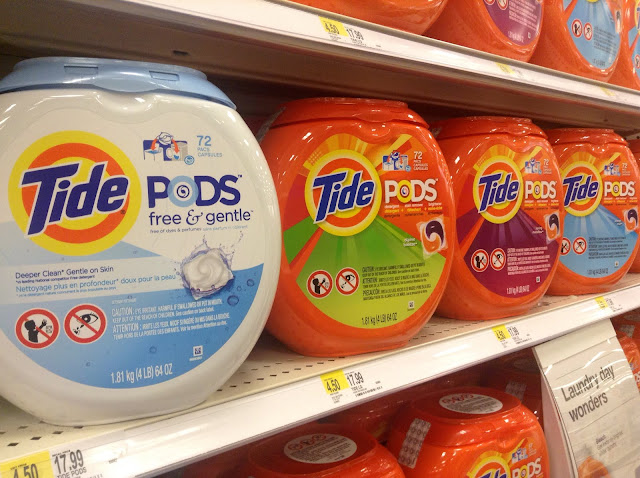3 Things Brands Can Learn from Procter & Gamble's Tide Pod Challenge Response
Image by: Mike Mozart, https://www.flickr.com/photos/jeepersmedia/15030099647/in/album-72157647105380677/
The Tide Pod challenge has been one of the most talked about Internet memes of 2018. Unfortunately, it achieved its fame for all the wrong reasons, as teens across the nation filmed themselves ingesting the detergent as part of a growing social media trend. As the social media buzz foamed over into national headlines, Tide’s parent company Procter & Gamble had to shift into crisis mitigation mode.
Recently, the company released a statement from its CEO David Taylor, who
expressed his concerns about the self-harming challenge as a parent and urged
consumers to, “take a moment to talk with the young people in our lives and let
them know that their life and health matter more than clicks, views and likes.”
P&G’s overall response to the PR crisis was timely and well-executed, and
there three things other brands can learn from its carefully crafted reaction.
1. Validate consumer concerns.
This is not the first time
P&G has been forced to address concerns about the safety of Tide Pods. When
the product was first introduced in 2012, the company immediately faced
numerous cases of toddlers accidentally ingesting the colorful containers. In
response, P&G introduced child-resistant packaging and covered the pods in
a bitter-tasting coating. In response to the latest controversy, P&G CEO David Taylor once again
addressed potential safety concerns while also positioning himself from a
relatable standpoint: as a fellow parent.
2. Back your words up with
actions.
P&G didn't just pay lip
service to the issue. In addition to the CEO's statement, P&G also released
a video featuring NFL player Rob
Gronkowski, who repeatedly and explicitly told viewers not to ingest the pods.
The company also engaged YouTube and Facebook to help remove various videos
showcasing, and thereby promoting, the extremely dangerous Tide Pod challenge.
3. Utilize appropriate media
channels.
As posts related to the Tide Pod
Challenge began flooding social media, P&G took to Twitter, Facebook and
YouTube, responding to posts, engaging in dialogue and making the company part
of the ongoing conversation rather than an outside observer. By utilizing
various communications channels and media formats, P&G established two-way
communication with consumers and worked to stay in control of the narrative."
As for the Tide Pod meme itself,
it is likely to fade away as fast as it surged to the top of our social media
news feeds, only to be replaced by an even more bizarre and dangerous
challenge.




Comments
Post a Comment